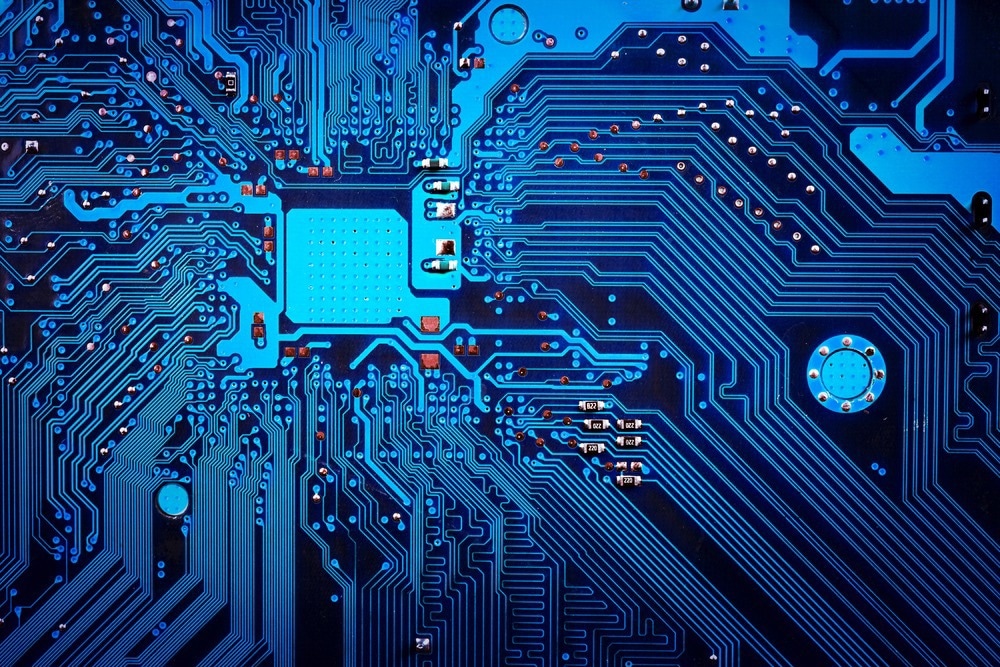A team by Professor Philip Kim from Harvard University has made a significant advancement in the field of superconductivity. Focusing on cuprates, a class of higher-temperature superconductors, the team has overcome previous technological limitations, paving the way for the development of novel and unusual forms of superconductivity in previously unachievable materials.

Image Credit: DimiSotirov/Shutterstock.com
The Challenge of Superconductivity
For many years, superconductors have fascinated scientists as they enable electrons to conduct without resistance. However, semiconductors typically display this property at temperatures as low as a few degrees above absolute zero, making it difficult to leverage this phenomenon in technology.
The Significance of Cuprates
A few decades ago, cuprates, also known as copper oxides, upended the world of physics by demonstrating the ability to become superconductive at temperatures significantly higher than previously anticipated—the record for a cuprate superconductor is currently around -143 degrees Celsius. However, because of their unique electrical and structural properties, it is difficult to manipulate these materials without breaking their superconducting phases. This challenge has historically limited their technological applications.
Innovations in Superconductor Fabrication
The concept of the Josephson junction is key in superconductor theory. It involves a thin layer of non-superconducting material layered between two layers of superconducting material. This setup enables the tunneling of electron pairs between superconductors through a non-superconducting barrier, a phenomenon predicted by Brian Josephson in 1962.
When one of the layers is twisted through an angle, the phenomenon of superconducting is observed. This highlights the potential of twisted and stacked two-dimensional quantum materials like graphene and transition metal dichalcogenides in creating new, intriguing materials with interesting properties. This has proven to be an incredibly effective technique.
In their study, Professor Kim and his team used extremely thin layers of bismuth strontium calcium copper oxide (BSCCO) to create the Josephson junction. This is because BSCCO has a remarkably high superconducting temperature, beginning at approximately -178 degrees Celsius. This may be extremely cold by practical standards, but typically, semiconductors must be cooled to about -240 degrees Celsius.
A cryogenic crystal manipulation technique using ultrapure argon was employed to create a smooth interface between two thin layers. This cryogenic pick-and-place method, developed by the research team, enabled the creation of an all-dry, unique Josephson junction. Employing this technique, pre-exfoliated BSCCO crystals were quickly stacked together to form a twist junction, following the cleavage of a single crystal into two parts to expose two new surfaces.
At temperatures below -90 degrees Celsius, oxygen dopants can be readily frozen with any chemical degradation processes, maintaining interfacial crystallinity and superconductivity. The complete process can be conducted in an argon glovebox without the need for solvents.
Optical microscopy enables the precise manipulation and measurement of the twist angle to 0.1-degree resolution, as the junction consists of two copies of a single crystal. This cryogenic pick-and-place technique should be applicable to any material sensitive to heat and air.
With the aid of cross-sectional atomic resolution scanning transmission electron microscopy, the real-space atomic structure was studied at a twist angle of 45 degrees. In comparison to previous research efforts, this method allows for a quantitative assessment of structural disorder at the interfacial layer, owing to the high resolution.
The group discovered that the maximum supercurrent capable of flowing across the contact without resistance varies depending on the direction of the current. Most importantly, by flipping this polarity, they demonstrated electronic control over the quantum states at the interface between the two materials.
As a result of this control, they created a high-temperature, switchable superconducting diode (a device that allows current to flow in one direction) using thin cuprate crystals. Detailed in Science, their work showcases a low-temperature device fabrication approach. Theoretically, this technology could support emerging sectors like quantum computing, which depend on transient control processes that are hard to maintain.
More from AZoQuantum: Revolutionizing Semiconductor Technology: Harnessing Topological Quantum Phenomena
References and Further Reading
Zhao, F., et al. Time-reversal symmetry breaking superconductivity between twisted cuprate superconductors. Science. DOI:10.1126/science.abl837
Yuan, AC., Vituri, Y., Berg, E., Spivak, B., Kivelson, SA. (2023). Inhomogeneity-induced time-reversal symmetry breaking in cuprate twist junction. Physical Review. DOI:https://doi.org/10.1103/PhysRevB.108.L100505
Manning, AJ. (2024) High-temperature superconductors with a twist. [Online] The Harvard Gazette. Available at: https://news.harvard.edu/gazette/story/2024/01/high-temperature-superconductors-with-a-twist/
Disclaimer: The views expressed here are those of the author expressed in their private capacity and do not necessarily represent the views of AZoM.com Limited T/A AZoNetwork the owner and operator of this website. This disclaimer forms part of the Terms and conditions of use of this website.